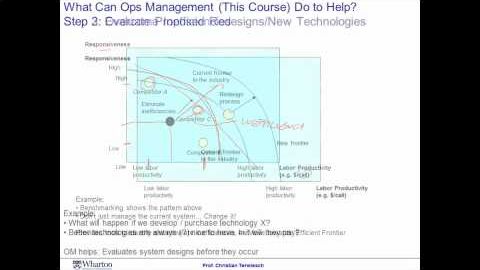
Subtitles & vocabulary
Intro Session 2 - Coursera - Operations Management
00
Darren posted on 2017/05/25Save
Video vocabulary
specific
US /spɪˈsɪfɪk/
・
UK /spəˈsɪfɪk/
- Adjective
- Precise; particular; just about that thing
- Concerning one particular thing or kind of thing
A2
More concept
US /ˈkɑnˌsɛpt/
・
UK /'kɒnsept/
- Noun (Countable/Uncountable)
- Abstract idea of something or how it works
- A plan or intention; a conception.
A2TOEIC
More prioritize
US /praɪˈɔ:rətaɪz/
・
UK /praɪˈɒrətaɪz/
- Transitive Verb
- To rank things in importance
B1TOEIC
More Use Energy
Unlock All Vocabulary
Unlock pronunciation, explanations, and filters
